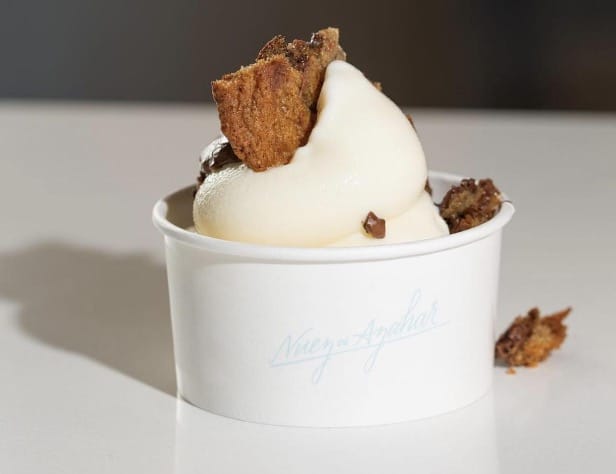We all relish the taste of soft serve, a delight not just to eat but also to admire and share. But have you ever paused to consider how soft serve machines transform a simple liquid into an airy, creamy delicacy? This article demystifies the journey of liquid mix turning into the frozen treat we all yearn for throughout the year. Dive in to uncover the magic behind the transition from liquid to frozen bliss.
Initiating the Transformation: Adding Product to the Machine’s Hopper
The journey begins when you introduce the liquid soft serve mix into the machine’s hopper. This mixture could either be pre-mixed or a powdered variant that you blend with water or another liquid and then pre-chill. Upon adding the mix to the hopper, it’s crucial to prime the machine by engaging the prime plug on the door, allowing the mix to flow until it streams consistently. This step is vital to expel any excess air from the freezing cylinder.
Incorporating Air: The Role of the Air Tube
Before you activate the freezing function, it’s imperative to insert the air tube into the hopper’s designated inlet hole. This tube is a conduit for the mix to enter the freezing cylinder and incorporates a precise quantity of air into the mix, a process known to help “overrun.” The inclusion of air is what imparts the soft serve’s characteristic fluffiness and structure. For an in-depth exploration of overrun, check out our dedicated video on our YouTube channel.
The Freezing Process: Inside the Freezing Cylinder
With the mix and air tube in place, the freezing begins. The freezing cylinder’s walls plummet, freezing the mix upon contact. Spaceman has patented evaporator (Freezing cylinder) technology which freezes product more efficiently and faster then our competition. Because of the efficiency of the design, Spaceman uses less energy and electricity per serving and produces less heat output. The machine’s auger spins while in freeze mode, and the scraper blades play a continuous role in stirring and beating the frozen mix, keeping it the perfect consistency and ensuring the smallest ice crystals. These blades, crucial for effective mixing, should be replaced every three months to maintain efficiency.
Serving the Delight: Dispensing the Product
Once the mix reaches its frozen state, typically within 5-10 minutes of activating freeze mode, it’s time to serve. Dispensing the soft serve triggers the machine to draw more mix into the freezing cylinder from the hopper, a cycle that repeats until a low mix signal prompts a refill. Adhering to your machine’s specific serving guidelines is key to ensuring the soft serve’s optimal consistency. Rushed or excessive dispensing can lead to a too-soft consistency, or too hard consistency is the draw rate exceeds the refill rate and “starves” the cylinder – leading to freeze ups.
This simplified overview sheds light on the intricate process behind soft serve machines’ ability to churn out this much-loved treat. We hope this article enhances your understanding of the crucial roles various components play in the freezing process. For any inquiries or more soft serve insights, connect with us, and don’t forget to follow our social media for weekly updates.
Cheers!
